Roller‐compacted concrete (RCC) was specified as the paving material. A dry-batch operation was the closest Sequatchie plant (six miles away) to this project. This was not a challenge for the Sequatchie operations staff since they have been providing RCC for most of the RCC projects in the Chattanooga, Tennessee area for more than 10 years. Most of their RCC have been produced at their central batch plant in Chattanooga.
So how was this dry-batch ready mix plant able to provide 300 cubic yards per day of RCC in four hours and only use two to three trucks, mostly two trucks per day?

The process utilized is kind of unique, but not new. It was used years ago while providing RCC for a TDOT access road. Most RCC literature indicates that a ramp is needed to elevate ready mix truck higher than the dump truck.

By dumping the RCC onto a concrete paved area and using a front‐end loader to load the dump trucks, it goes more quickly. Try to get 40 to 50 yards of material on the ground before the first dump truck arrives, enough material to fill five to six dump trucks. The paving contractor used six dump trucks for this job. While the front‐end loader is filling the dump trucks, the ready mix trucks are refilling the RCC pile.

The material never runs out. In this type of operation, there is always some time between when the last truck is loaded and the first truck returns for more RCC to be added to the pile. Even though the pile might get a little low, there is time to build it back up. With the proper mix, there is little segregation.
The standard RCC mix was used. It consisted of the following materials: 400 lbs Type I/II portland cement, 100 lbs Type F fly ash, 850 lbs of #67 and 850 lbs of #89 coarse aggregate, 1,415 lbs manufactures sand, 350 lbs natural sand and 25 gallons water, along with 4 oz/cwt of a polycarboxylate admixture. (The admixture is used for workability not water reduction).Since the job was only six miles away and the mean day time temperature was 65‐70⁰F, a retarder was not needed. (RCC is treated just like conventional concrete when it comes to hot and cold weather, retarders in hot weather and accelerators in cold weather.)
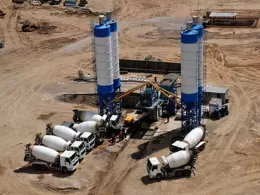
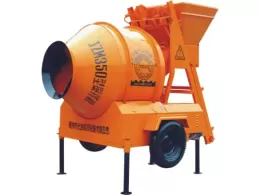
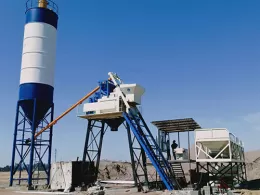

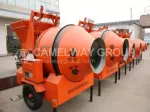
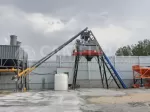
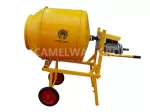
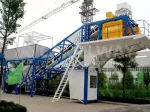
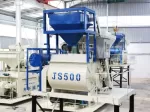
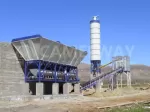
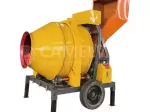

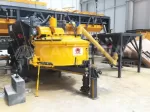
0 Comment